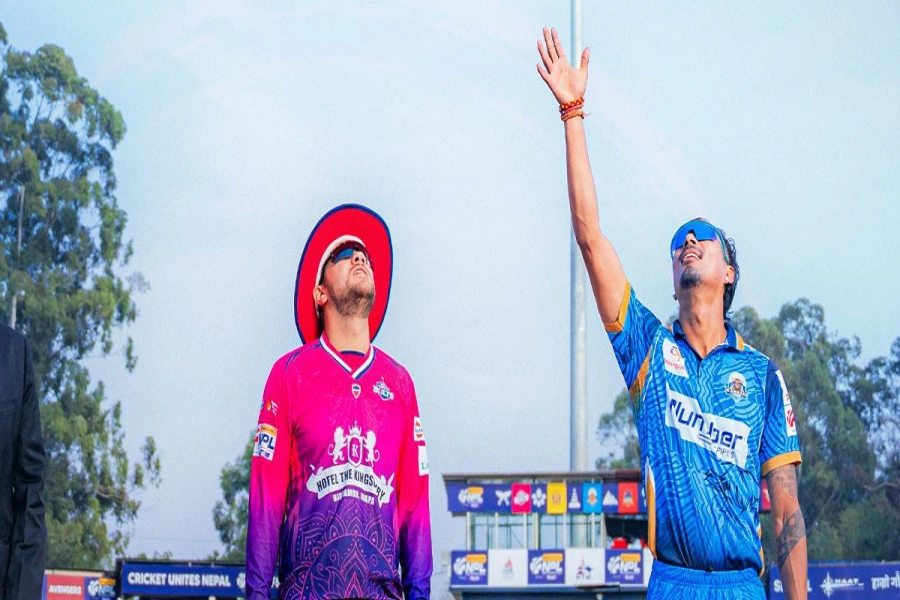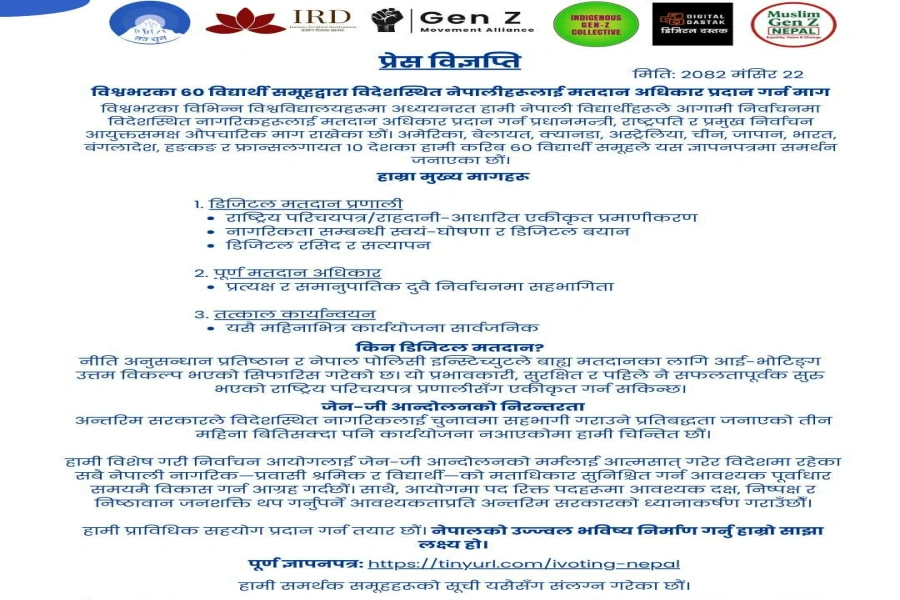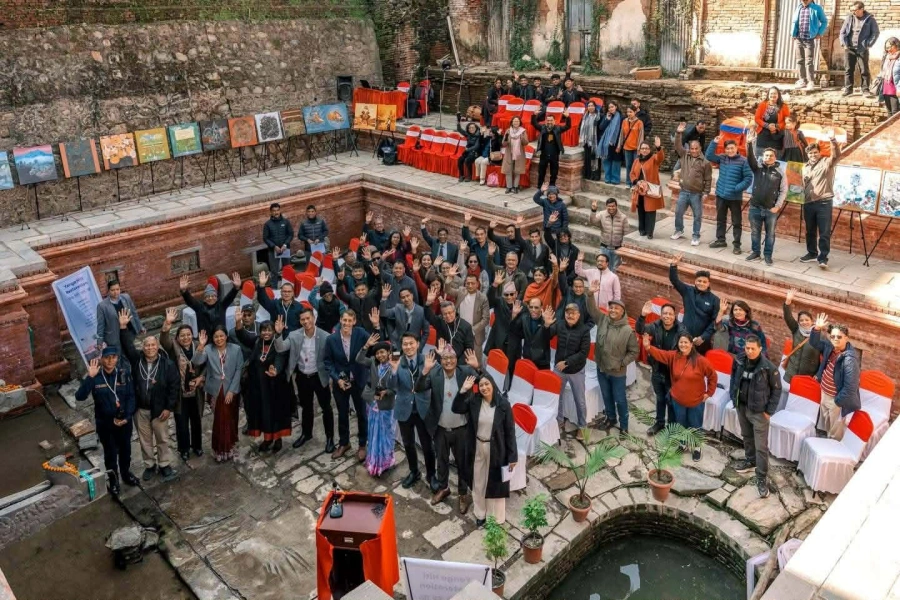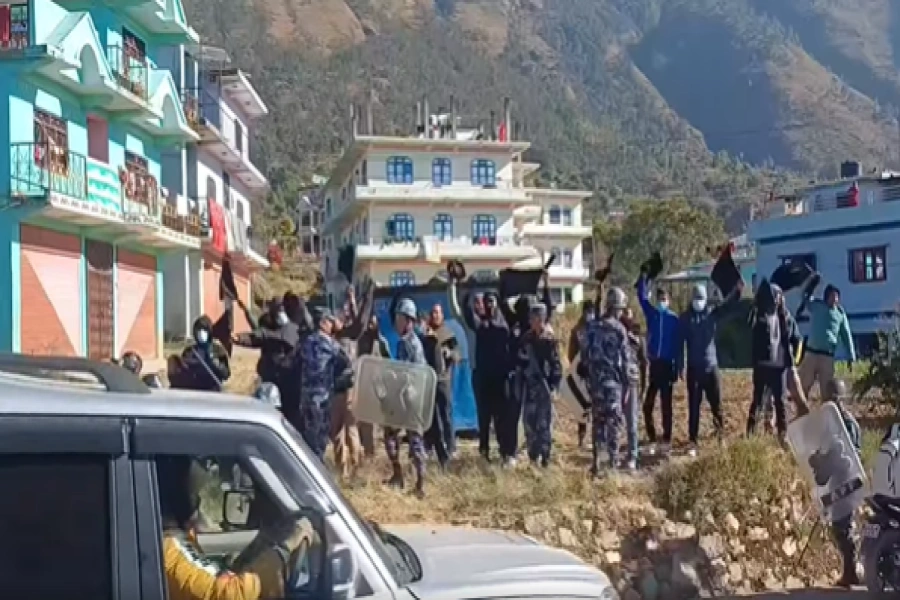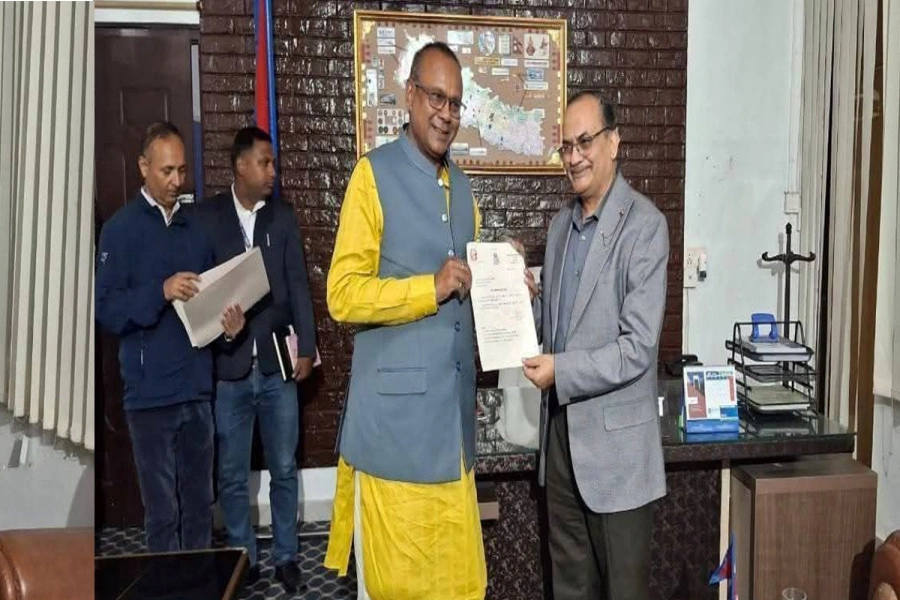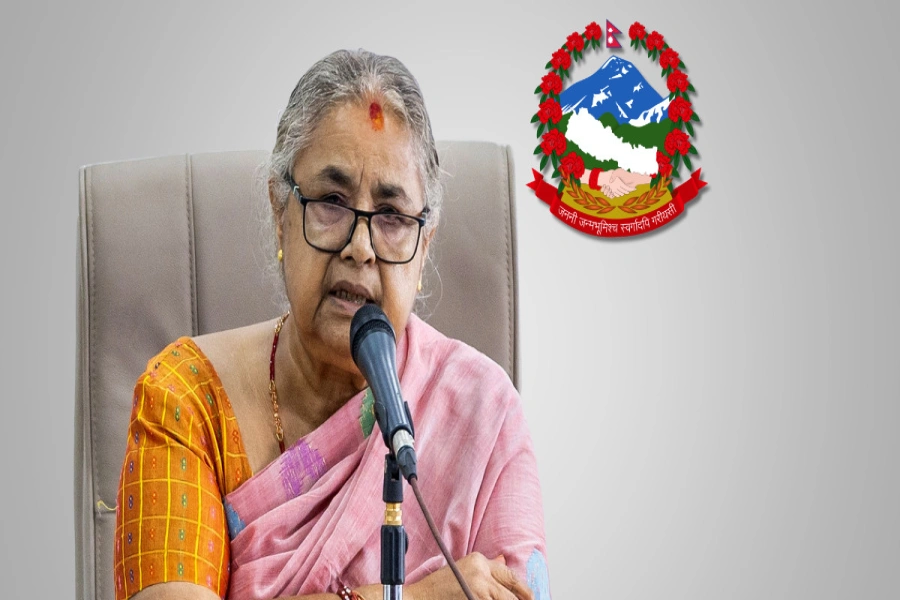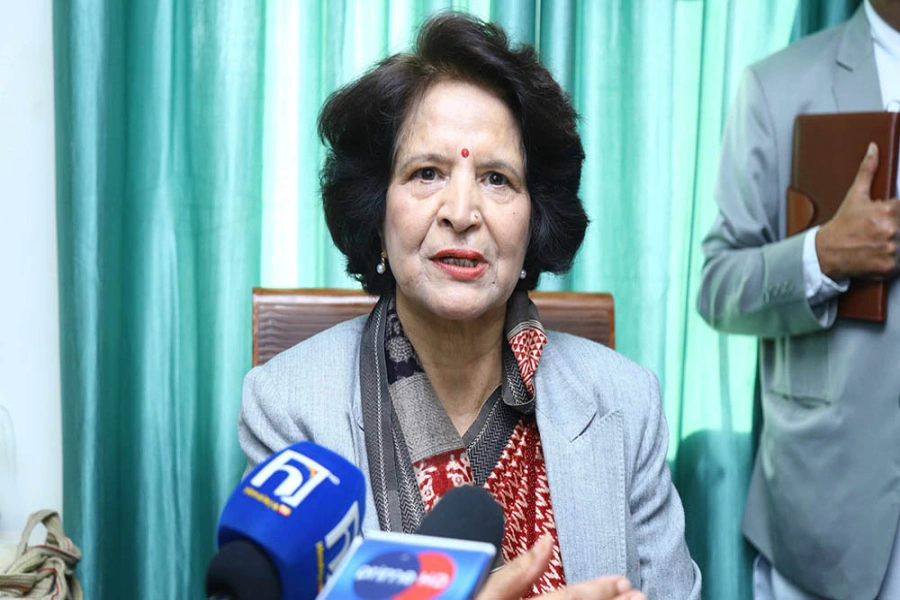Photo Courtesy: Prashant Shrestha
The Barhabarse Makar Mela, a month-long festival, began on January 15 (Magh 1 of the Nepali month) in Panauti. The district officials in Kavre though had ordered to cancel the festivity on January 11 due to the impending threat of COVID-19. Local devotees, on the other hand, have decided to hold it. This year it continues till February 12.
Despite the risk of COVID-19, the festival began with adjusting to the new normal where the initial week saw fewer devotees, which gradually increased afterward. And indeed, the religious belief and the significance of the festival made hundreds of devotees throng this pilgrimage site located 32 kilometers southeast of Kathmandu.
Significance of Makar Mela
Makar Mela is celebrated according to the solar system of the calendar. It is at this time when the sun enters from Kumbha to Makar rashi, making the month of Magh an important month according to the religious point of view.
It is believed that only during the time of Makar Mela which is organized once in 12 years, three different rivers — Lilawati (Roshi Khola), Padmavati (Punyawati Khola) and Guptawati (Rudrawati Khola) — come together to form a confluence or Tribeni at Uttar Prayag, Tribeni Ghat.
Prayagraj Maha Kumbha Mela: Boosting Religious Tourism

Lawati and Padmawati are two visible rivers of the confluence whereas Guptawati is an invisible mythical river that happens to flow from the underground of Rudrayani Temple at Tribeni Ghat.
There are two Prayags around the world — Uttar (North) Prayag and Dakshin (South) Prayag. Dakshin Prayag belongs to India and Uttar Prayag belongs to Nepal. Local writer and journalist Suryaprasal Lakoju says that Trivenighat in Panauti, Nepal is as important as Prayag at the confluence of Ganga, Yamuna and Saraswati rivers in Allahabad, India.
The Trivenighat area is full of temples. Trivenighat's prestige is due to its ancient statues such as the Sun with nine planets built in the 14th century, the 13th century statue of Shiva, the 14th century statue of Lakshmi with Lakshmi and the Garud. Apart from this, Banshagopal Temple, Brahmayani Temple, Indrayani Temple, Ram, Sita and Hanuman Temple, Mukteshwar Temple, Panchamukhi Mahadev Temple, Madhav Narayan Temple, Shitalamai Temple, Sankatnarayan Temple and more are important religious heritages.
Moreover, the four-armed idol of Krishna, the heart of Panauti, is in the courtyard of Indreshwar Mahadev where Shiva Prasad Jangam, former priest of Indreshwar Mahadev temple, said that this is the only four-armed idol of Lord Krishna in Nepal.
It is believed that taking a bath at this confluence during Makar Mela will wash away any sins along and cure any skin diseases. Explaining the scientific reason for skin diseases being cured, Lakoju shared, “The nature of the water that flows from Padmawati is cold and has high current which used to be perfect water for fishes like Assala Machha. Then, the water that flows from Punyawati is warm and has low current which used to be perfect for fishes like Dhobi Maccha. And the confluence is the merging point of both these waters which might have medicinal aspects of curing skin diseases. However, due to urbanization and changing environment, we do not find any fish in these rivers now.”
Legend behind Makar Mela
There are different legendary stories behind Makar Mela. Shiva Prasad Jungam, former priest Indrashwor Mahadev temple, tells one of these stories, "Once there was Gautam Rishi who used to take bath in Kamala river and had a Kuti (hut) nearby the forest. His wife Ahilya was the most beautiful woman at that time and Lord Indra wanted to seduce her. So one day Lord Indra turned himself in as Gautam Rishi and went to the hut. He accomplished his desire and as Gautam Rishi came back after his bath; he became furious seeing another man and asked to show the man's true self. Then, Lord Indra transformed to his original form and Gautam Rishi cursed him to have one thousand vaginas on his body. Likewise, he cursed Ahilya to be a stone and told her that once Lord Bishnu takes the incarnation of Lord Ram and when he places his feet on you, you will be free from the curse."
Author and researcher Tuyu Kaji Tamrakar added, “Sachi, wife of Indra, meditated in the name of Goddess Parbati, while Indra meditated in the name of Lord Shiva. Goddess Parbati pleased with Sachi’s devotion came down to earth being Rudrawati and Lord Shiva pleased with Indra’s devotion appeared and helped him get rid of his sins. Hence, the place is also called Sachi Tirtha and later Indreshwar Mahadev temple was built as well. And it is believed that one year of meditation by gods and goddesses is equivalent to humans’ 12 years. Hence, Makar Mela takes place once in 12 years.”
According to history, King Pratap Malla took water from Trivenighat and mixed it in the pond during the construction of Ranipokhari in Bikram Sambat 1727. There is a belief that after bathing in Trivenighat and offering the water in the palm of one's hand to the Kunjagiri Mountain on the northside, i.e. Gorakhnath at Gorakhnathdanda, one will attain virtue and fulfill one's aspirations.
More about Panauti
Panauti is a small historical Newar town in central Nepal. The city is known for its unique religious, historical, archeological, cultural and natural heritage. Panauti is a meeting place of nature and culture. It is believed that earthquakes do not harm this place.
On the premises of Indreshwor temple, you can find Panauti Museum where many artifacts and archeological digs are preserved. Meanwhile, due to its rich cultural heritage, Panauti is in the process of being listed in World Heritage Site by UNESCO and is already declared as a ‘Protected Monument Zone’ under the Ancient Monument Preservation Act of 1956.
According to local photographer Prashant Shrestha, the registration process which was initiated 28 years ago has not moved forward due to the government's weak initiative. He shared, “The settlement in Panauti, 28 years ago and now has been changed. The structures of the houses have changed drastically and if the settlement is also to be listed in the heritage site; then these houses have to be restored to their original forms.”
Meanwhile, the mayor of Panauti Municipality, Bhim Neupane said, “To make the initiative to list Panauti as a UNESCO heritage site a reality, the government has decided to provide a certain amount to the house owners to transform their modern houses into traditional style.”



